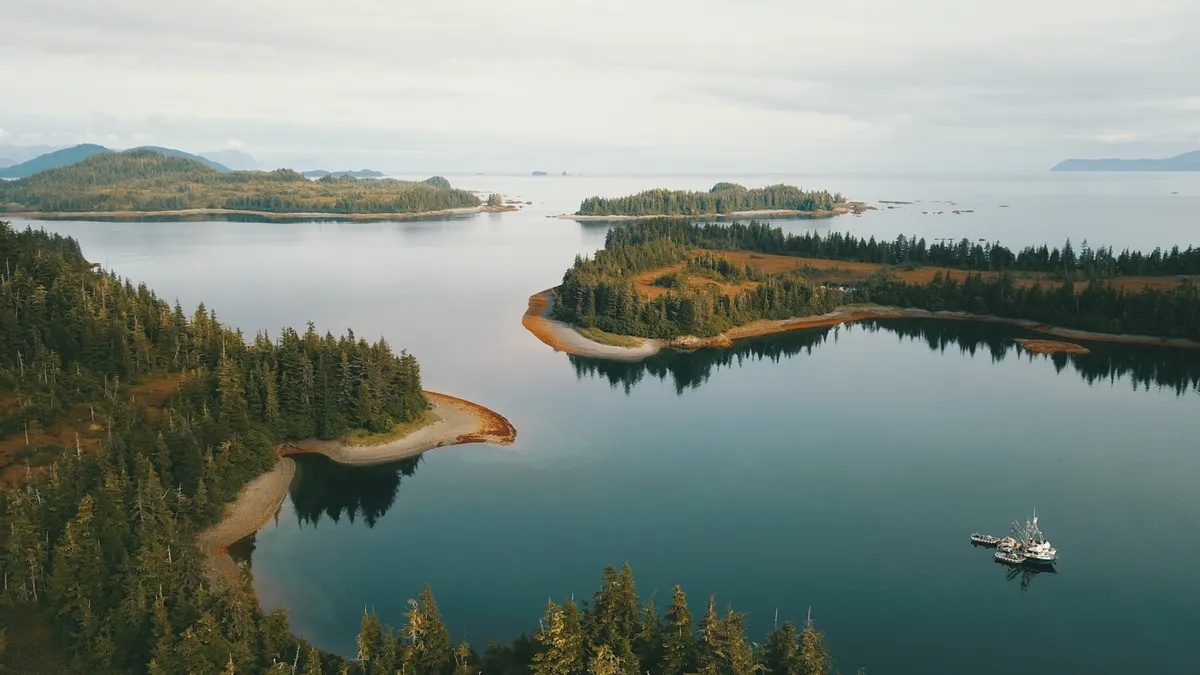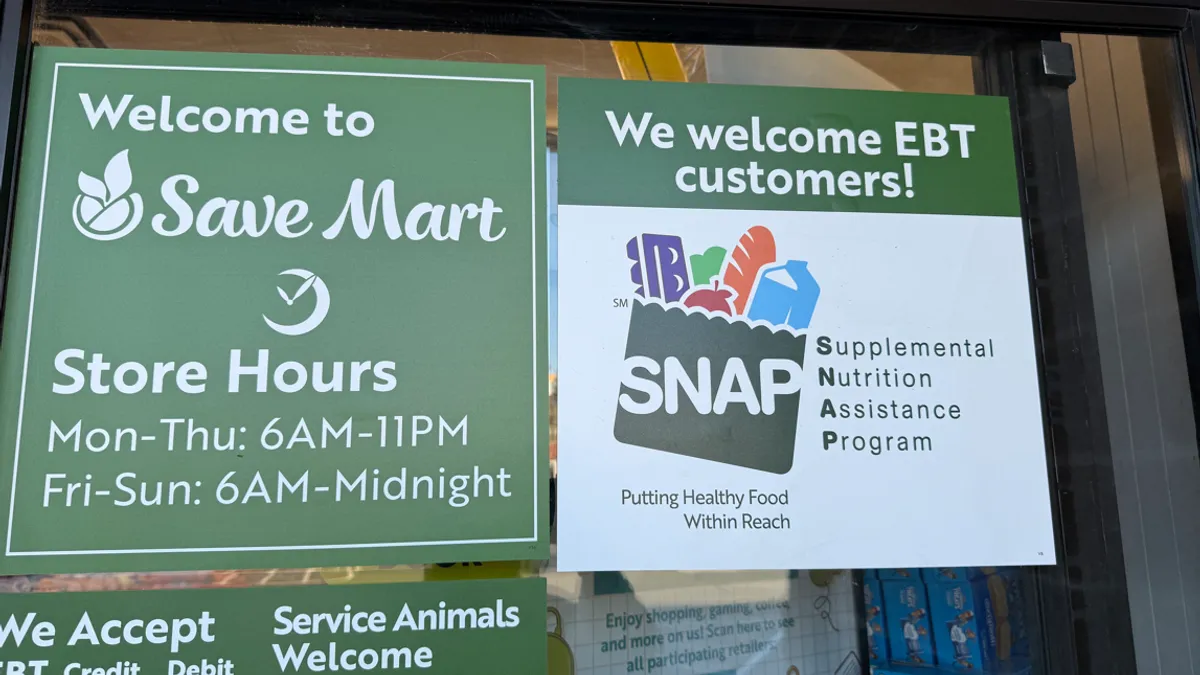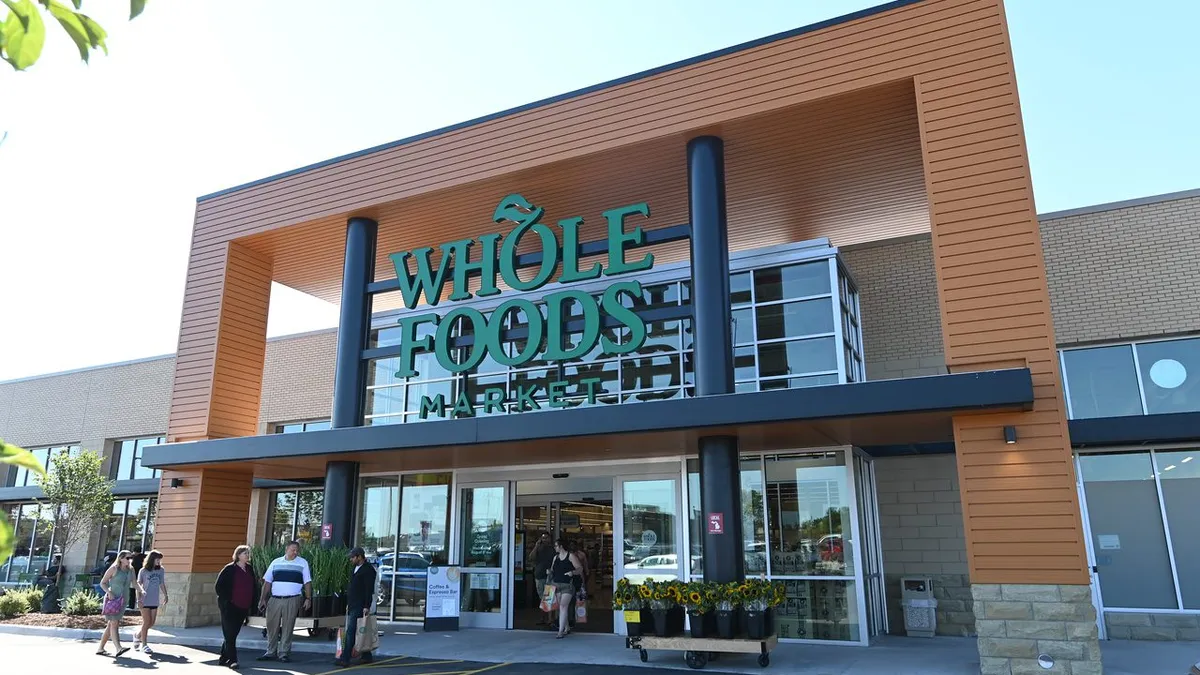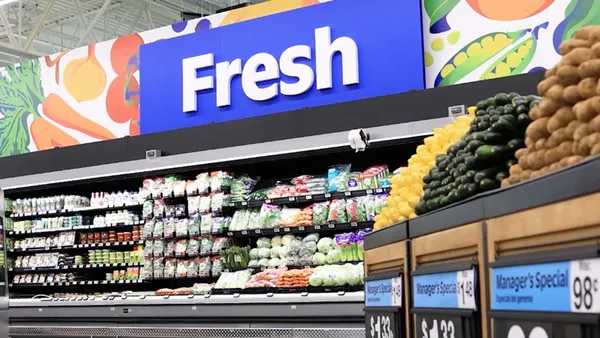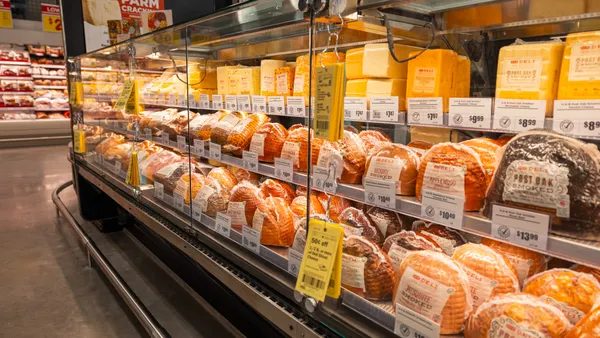Sustainable eating is gaining steam: Research from Sodexo found that 72% of Americans said they need to incorporate this way of eating. This is more than just talk. Fifty percent of those surveyed said that eating sustainably was more important than saving money, and 66% said they were willing to pay more to eat sustainably.
While the emphasis on food sustainability may be trending, the concept of producing, consuming and maintaining nutritious food that conserves natural resources and ecosystems isn’t new at all for Alaska and its fishing communities. In fact, it’s been a way of life for generations.
That’s why Alaska seafood is known throughout the world for its fresh, delicious tastes that come through quality sourcing and sustainability commitment. The Alaska seafood logo itself inspires 82% of consumers to buy that brand.
What makes Alaska seafood so special? Let’s take a look.
A commitment to sustainability
Before Alaska became a state in 1959, many local fisheries were in decline due to poor external management, explains Amy Dukes, ASMI Retail Marketing Specialist. In fact, one of the driving reasons for statehood was the ability to take control of their own resources.
“Today, sustainability means managing fish stocks so they remain healthy and productive for generations,” she says. “Alaska’s approach ensures long-term economic, environmental, and community health by protecting habitats, supporting strong fish populations, and providing stable jobs in coastal communities.”
That approach to sustainability is a part of Alaska’s identity. From fishing communities that understand the importance of protecting fish today for the future, to management decisions that are made with long-term health in mind, the fishers and managers collaborate to ensure the survival of the fishers and communities.
Actions that support the commitment
Alaska ensures that its dedication to sustainability is ingrained in daily life to ensure long-term success, Dukes says. Those practices include:
Following Alaska’s strict fishing laws. Alaska’s management system is science-led and precautionary, and collaborates between state, federal and international organizations. Relying on a collaboration between state, federal, and international bodies, its rules are enforced with transparency and public input to build trust. Tools like catch limits, gear restrictions, time-area closures, and vessel regulations all ensure fisheries are harvested responsibly and habitats are protected.
Using sustainable harvesting methods. Scientific assessments determine the Allowable Biological Catch (ABC), and managers set harvest levels (TAC) below that to provide a safety buffer. This protects fish populations and ecosystems from overuse. Real-time monitoring, daily management decisions, and over 40 marine protected areas add layers of protection for sensitive species, ocean habitat, and long-term environmental health.
Adhering to the latest science and robust management: CSI certification
Certified Seafood International (CSI), formerly the Responsible Fisheries Management (RFM) program, is a competitive third-party certification for wild-capture fisheries with global reach. It verifies whether a fishery is environmentally responsibly managed and includes a traceable chain of custody, allowing harvest origin to be identified on the eco-label.
CSI is benchmarked by the Global Sustainable Seafood Initiative (GSSI) and audits fisheries against a clear, rigorous standard grounded in the UN FAO's internationally recognized guidelines for responsible fisheries.
“Importantly, it doesn’t manage fisheries,” Dukes explains. “Instead, it verifies that the science-based systems in place are working, giving grocers and consumers confidence in the seafood they’re sourcing and eating. With CSI’s global expansion beyond North America, we look forward to seeing more fisheries enter the program, making it easier for retailers and shoppers to identify and trust responsible seafood products.”
Impact of Alaska’s success in sustainability
Dukes says that Alaska’s sustainability commitment offers peace of mind. “Shoppers today want to know where their food comes from—and that it’s harvested responsibly. When grocers stock Alaska seafood, they’re offering products backed by a proven track record, verified by science, and trusted by global standards. For consumers, it’s seafood they can feel good about.”
Alaska is recognized as the global model for sustainable fisheries, and it's critical to note that for the 49th state, sustainability isn’t a marketing angle, Duke says. Instead, it’s a legal requirement and cultural cornerstone. Since 1959, the state constitution has mandated that fisheries be managed for long-term yield.
This mandate consistently yields positive results for consumers and grocers, Dukes adds. “The Alaska Seafood logo signals this commitment clearly to consumers, increasing purchase likelihood by 82% (Circana 2024). And for grocers or brands needing added assurance, CSI certification offers full traceability, allowing products to carry the CSI Certified label for easy shopper recognition and trust.”
As consumers increasingly focus on sustainability, and as grocers seek to meet those demands, the Alaska seafood community continues to offer the solution: delicious seafood that satisfies consumers’ hunger for taste, nutrition and long-term care for the environment.

